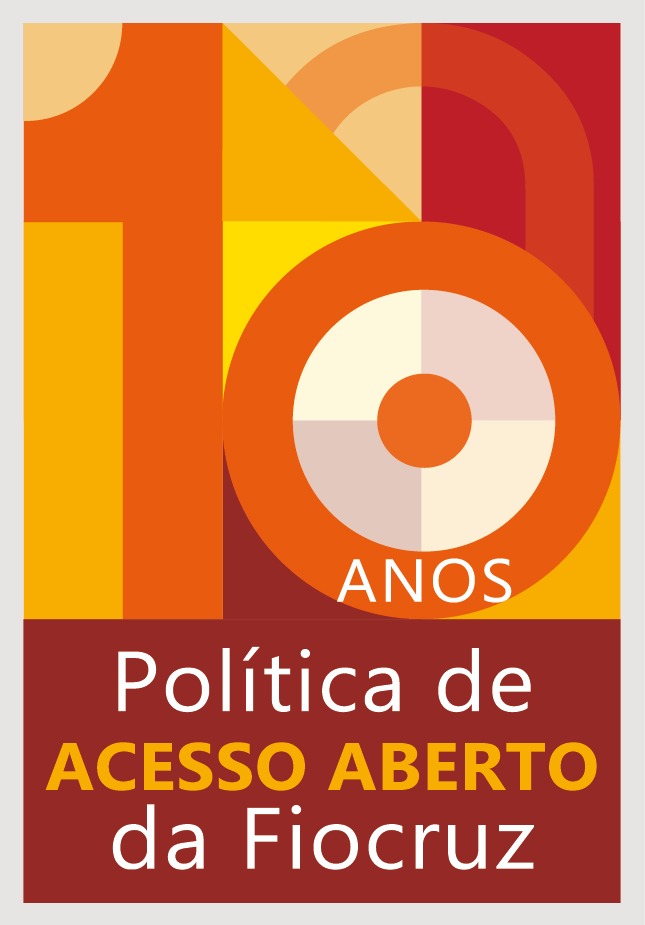Fiocruz and UEMA identify seven new species of helminth parasites of fish
19/01/2024
Max Gomes (IOC/Fiocruz)
Seven new species of helminths, popularly known as worms, have been discovered through a study conducted by the Oswaldo Cruz Institute (IOC/Fiocruz) and the State University of Maranhão (UEMA). The parasites were found in fish collected in the States of Acre, Maranhão and Minas Gerais. The findings were published in the journal Parasite and in the Revista Brasileira de Parasitologia Veterinária (Brazilian Journal of Veterinary Parasitology).
The new species ‘Cosmetocleithrum ludovicense’ bears in its name a tribute to the population of São Luís, in Maranhão, where it was found (photo: Reproduction)
The discovery is deemed relevant to the field of parasitology as it contributes to understanding the biodiversity of these organisms. Moreover, the finding has practical implications for fish farming in the regions, since infestations by these parasites can be lethal to farmed fish. The species pose no risk to human health.
The article was written by Augusto Leandro de Sousa Silva, a doctoral student in Animal Science at Uema, under the co-supervision of Márcia Justo, deputy head of the Laboratory of Helminths Parasites of Fish at IOC/Fiocruz. Simone Cohen, head of the Laboratory, also contributed to the research. Specialists from the Federal Rural University of Rio de Janeiro and the Federal Institute of Acre are also taking part in the research.
The specimens used to describe the new helminth species were deposited in the centenary Helminthological Collection at IOC/Fiocruz, which celebrated its 110th anniversary in 2023.
New species
The helminths identified are from the Cosmetocleithrum and Anacanthorus genera. The realization that these were new species came from comparing morphological features.
Of the Cosmetocleithrum genus, five species have been described. Three were found in Platydoras brachylecis fish, popularly known as "catfish", sold in markets in São Luís, located in Maranhão: Cosmetocleithrum undulatum; Cosmetocleithrum brachylecis; and Cosmetocleithrum ludovicense.
Experts analyze fish parasitized by helminths (photo: Personal collection)
Two other species were identified in the "cuiú-cuiú" fish or "ripsaw catfish" (Oxydoras niger) caught in the Juruá River, in Acre: Cosmetocleithrum saciforme and Cosmetocleithrum basicomplexum.
In the genus Anacanthorus, two new species were registered: Anacanthorus brandtii, found in fish commonly known as "pirambeba" or "white piranha" (Serrasalmus brandtii) in the São Francisco River, in Minas Gerais; and Anacanthorus simpliciphallus, collected from "pacu" fish (a hybrid of the species Piaractus mesopotamicus and Piaractus brachypomus) bought in markets in São Luís, Maranhão.
In addition to identifying the new species, the authors also presented unpublished data on the morphological features and biogeography of the species Cosmetocleithrum leandroi, Cosmetocleithrum akuanduba and Cosmetocleithrum confusus.
Tribute to the people of Maranhão
The species Cosmetocleithrum ludovicense was named in honor of the native people of the capital of Maranhão, whose demonym is "ludovicenses". São Luís has a strong tradition of selling fish and seafood, which plays a significant role in the local economy.
The other species were named according to distinctive morphological features or in reference to the names of their hosts.


